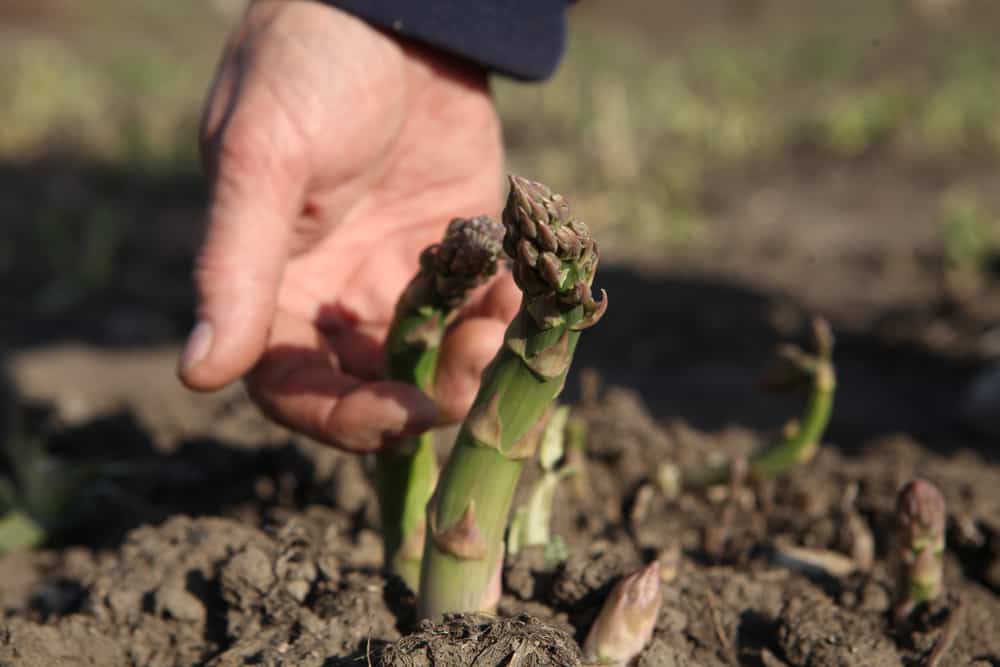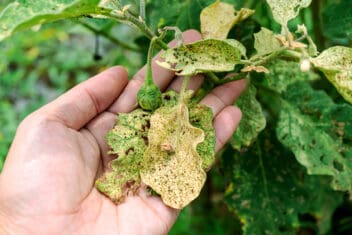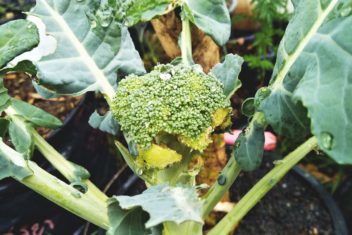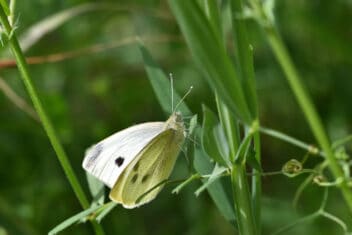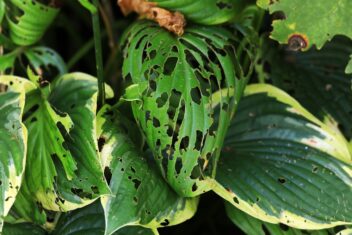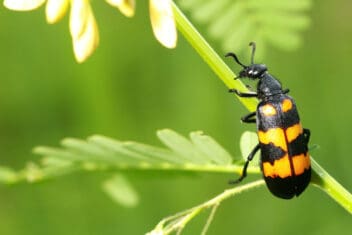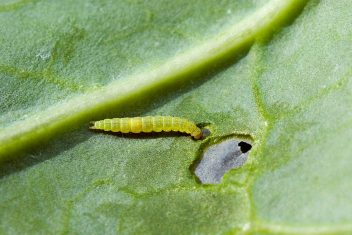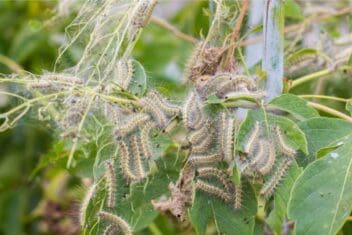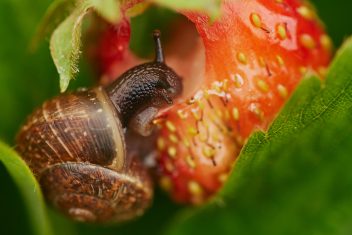Six years ago, I started an asparagus bed. I started with six root crowns, planted them in a bed of rich, well-drained soil, and waited for the plants to settle in and take over. But four years later, my plants were just ok. We managed to harvest three or four stalks each spring, and they haven’t died off. But my asparagus plants were having problems.
It was time to spend a season focusing intensely on the asparagus bed. Two years later, I have a happier, healthier bed of plants than I ever have before. Whether you’re fixing up a lackluster bed as I did, or you’re just starting out, there are a few issues to watch out for.
The Basics of Growing Asparagus
Asparagus plants are pretty unique compared to most vegetable garden basics. These plants are long-lasting, perennial members of the garden. When you plant asparagus, pick a bed that can hold your plants throughout their lifetime. Asparagus plants can live and produce for over 15 years, and they don’t transplant well.
The first step toward having a healthy harvest of asparagus is creating the right home for your plants to settle into.
Asparagus likes rich, fertile, well-drained soil. It’s happiest in full sun. Asparagus is a hardy, perennial that thrives from zones 4-9. But one thing asparagus just can’t tolerate is competition. These plants don’t grow well with others, so it’s essential to keep the asparagus bed free of weeds.
For the first few years of my asparagus experiment, I didn’t really worry about the weeds. I assumed that my plants would be fine with a few plantains and dandelions. I was wrong.
Regular weeding is a necessary part of all healthy asparagus plants. Give your asparagus plants the competition-free patch of earth they deserve and you’ll avoid all kinds of problems. For more tips on raising asparagus successfully, head to our guide.
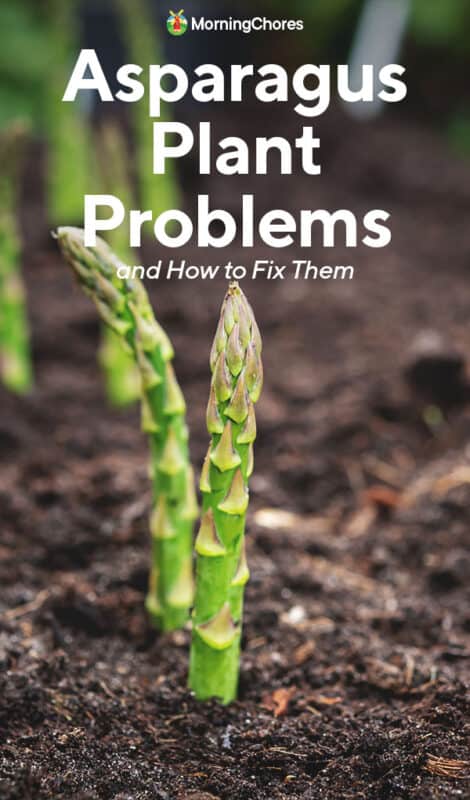
11 Problems That Can Ruin Your Harvest
When asparagus plants start struggling, it’s often a problem been developing for some time. Unlike most of our garden vegetables, asparagus is a long-term perennial. Spend time troubleshooting, and you’ll have a beautiful harvest for years to come, neglect it, and the problems compound year after year.
1. Yellow, Sickly Plants and Spears
If your asparagus plants are looking off-color, it’s likely that the soil in your asparagus bed is overwatered and failing to drain well. Try giving your asparagus bed an opportunity to dry out between waterings.
You can check the soil by poking your finger to a depth of about 4-5 inches. If the soil feels dry all the way down, it’s time to water.
2. Crooked Spears
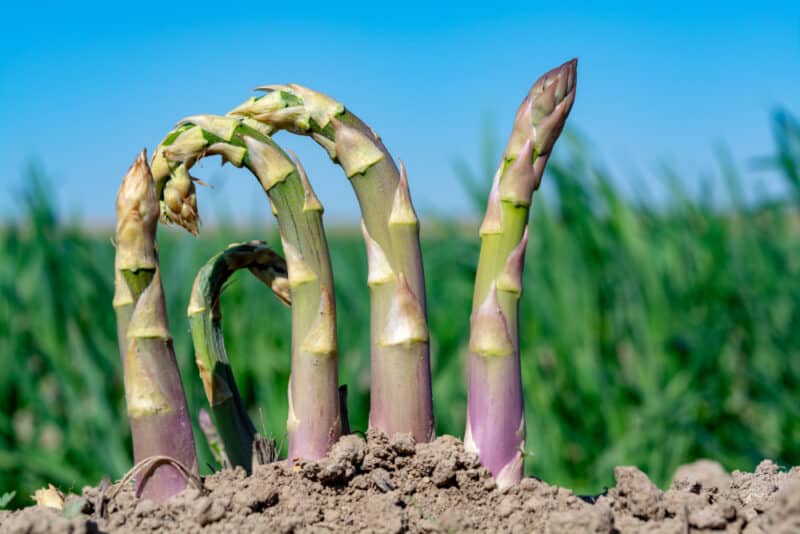
Sometimes, asparagus plants will put up crooked, bent, or malformed spears. They’re perfectly edible, but they’re not exactly attractive.
Usually, this happens when your environment is having a larger-than-average impact on the plants themselves. High winds and overcrowding as the usual suspect. When growing spears are buffeted by the wind or squeezing between too many other spears they tend to grow in interesting ways. Clear the air by spreading out your plants and providing windbreaks to keep your spears straight.
3. Small, Weak Spears or Meager Harvest
Your harvest was either too early, or else you took too many spears during last season’s harvest. Asparagus spears should not be harvested during the first 3 years after planting. In the 3rd year, you can start harvesting, but go slowly. Take only a few asparagus spears and leave the rest to nourish the plant.
Even once you’re harvesting regularly, don’t over harvest. Pick spears regularly for 4-6 weeks depending on the strength of your plants. Then, stop harvesting and let the rest of the spears go. Asparagus plants need time to grow and store food for the next season.
4. Yellow, Red, or Black Pustules
This is one of the easiest asparagus problems to diagnose. If your plants have yellow, reddish, or black pustules developing on leaves or stems, you’ve got an asparagus rust problem. Asparagus rust is a fungal disease that can devastate asparagus beds. Take action as soon as you see signs of rust.
As it progresses, asparagus rust will cause the tops of the spears to turn brown and then die. Cut your spears or ferns down to the crown and treat them with a copper anti-fungal spray. The best way to fight and prevent asparagus rust though is by planting rust-resistant varieties like the ‘Mary Washington.’
5. Discolored, Soft Spears
Asparagus spears emerge in the spring, after the last hard frost of the season. But sometimes, late in the spring, there’s a surprise freeze. We had one in early June last year that damaged fruit trees and asparagus beds alike.
When asparagus spears are frostbitten, they turn soft and discolored. Essentially, they look like spears that have been frozen and thawed carelessly. If this happens, just cut and discard the damaged spears. If another frost is in the forecast, try protecting your asparagus beds with row covers or light blankets.
6. Tunnels or Holes in Spears
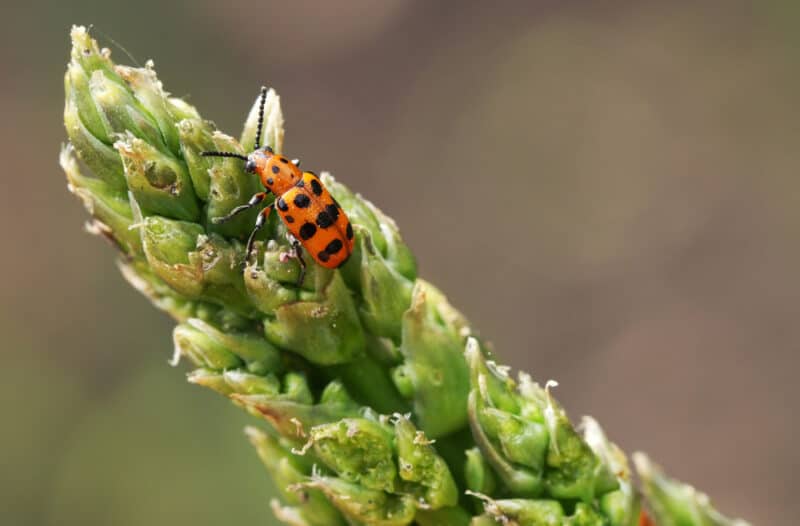
If you see signs of chewing and tunneling on early asparagus shoots, you may have an infestation of asparagus beetles. These blue-black beetles and their dark green-grey larvae can wreak havoc on your asparagus plants.
The easiest way to fight asparagus beetles is by washing them away with a hose. Clear away infested shoots and spray down your plants to drown the beetles. If your plants still show signs of infestation, try using rotenone insecticide to purge the infestation for good.
7. Crown & Spear Rot
Phytophthora crown and spear rot are harvest-destroying diseases that can infest your asparagus beds in humid weather. When your plants are infected, you’ll see soft spots form on spear tips and shoots. Then the spears will turn soft and bendable. They’ll be pale, sickly green, or even white.
Unfortunately, all you can do for these problems is to dig up and destroy the infected asparagus plants to prevent the rot from spreading. You will be much less likely to experience phytophthora rot if you’ve planted in full sun, with well-drained soil, however. Consistent weeding and plenty of space between plants will help keep rot and fungi at bay as well.
8. Falling Spears
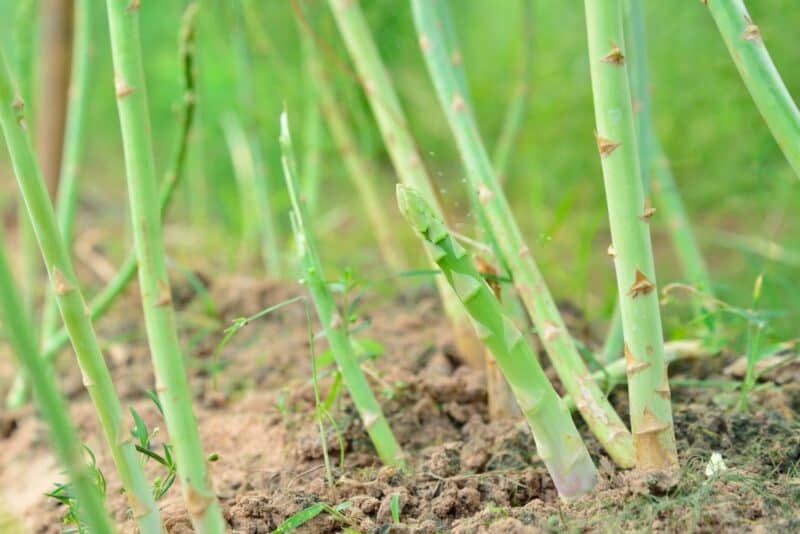
After harvest, the asparagus plant ferns out, produces seeds, and prepares for dormancy. At this stage of life, it’s normal for the whole plant to bend and fall. But if your asparagus spears are growing tall and spindly early in the season, they’re probably searching for more sunlight.
Asparagus plants need about 8 hours of full sun each day to thrive. If they’re not getting enough sunlight, asparagus will stretch its young spears up to reach the light. Then you’re left with a less productive bed of tall, skinny, spears that bend over before they’re ready to harvest.
Pick a bright, sunny spot for your asparagus bed, and maintain it.
9. Sunken Lesions
Purple spot is a fungal disease that creates sunken lesions on the stalks of asparagus plants. Despite their name, the lesions are usually tan or brownish. They spread out through the stalk and gradually kill the infected plant.
Purple spot tends to show up in cooler months, like early spring. But it’s best to apply a copper fungicide in the summer or early fall to keep purple spot from showing up in the next asparagus spear season.
10. Rust-Colored Lesions
This disease affects the roots and lower stems of asparagus plants. Root rot causes rust-colored lesions on the affected portions of the plant. It’s common in stressed plants that are struggling to thrive during seasons of drought.
While it seems strange for rot to affect a plant in a dry season, root rot is a fungus that can live in the soil for a long time waiting for a weakened plant. Drought weakens asparagus’s defenses leaving it open to attack. To fight root rot, keep your roots as healthy as you can. Make sure they’re watered regularly, fertilized, and strong.
Avoid over-harvesting spears in the spring, which can weaken the entire plant. Weakened plants are easy prey for rot and disease.
11. Stagnant Growth
If your asparagus plants are just maintaining, without ever developing into a strong asparagus bed, you may be lacking the right nutrients in the soil. Asparagus plants are heavy feeders. They need rich soil that can continue to support them year after year. Without it, asparagus will experience problems growing.
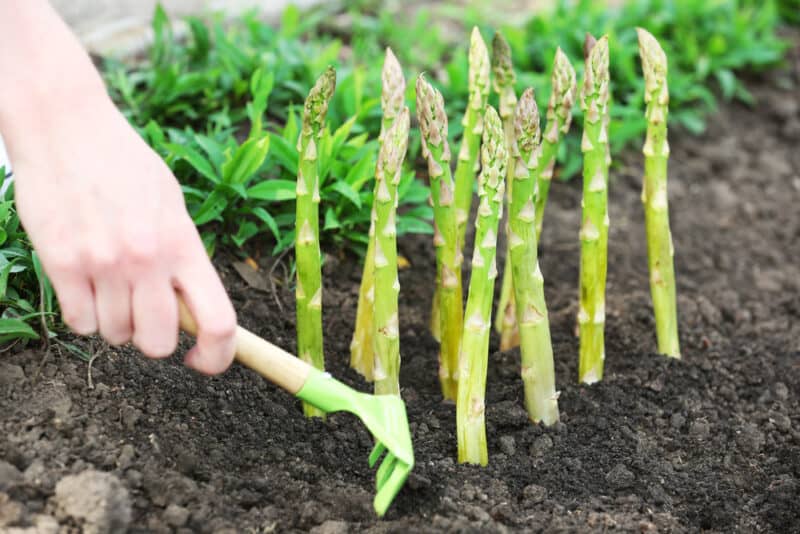
That means you should be fertilizing and mulching your bed regularly. If you’ve noticed your asparagus plants plateauing, test the soil. It should be rich in nutrients, especially nitrogen. If your soil is poor or moderately rich, it’s time to fertilize. I like using a mixture of well-composted sheep manure, bone meal, and potash, but any well-balanced fertilizer will work well.
Some people like to add a boost of extra nitrogen as well as balanced plant food to boost growth. Well composted (over a year old) chicken manure is an ideal option. Fertilize your asparagus bed well in the spring and fall. If your soil is very depleted, give an extra boost of nutrients in midsummer as well to get your plants out of their rut and growing strong.
